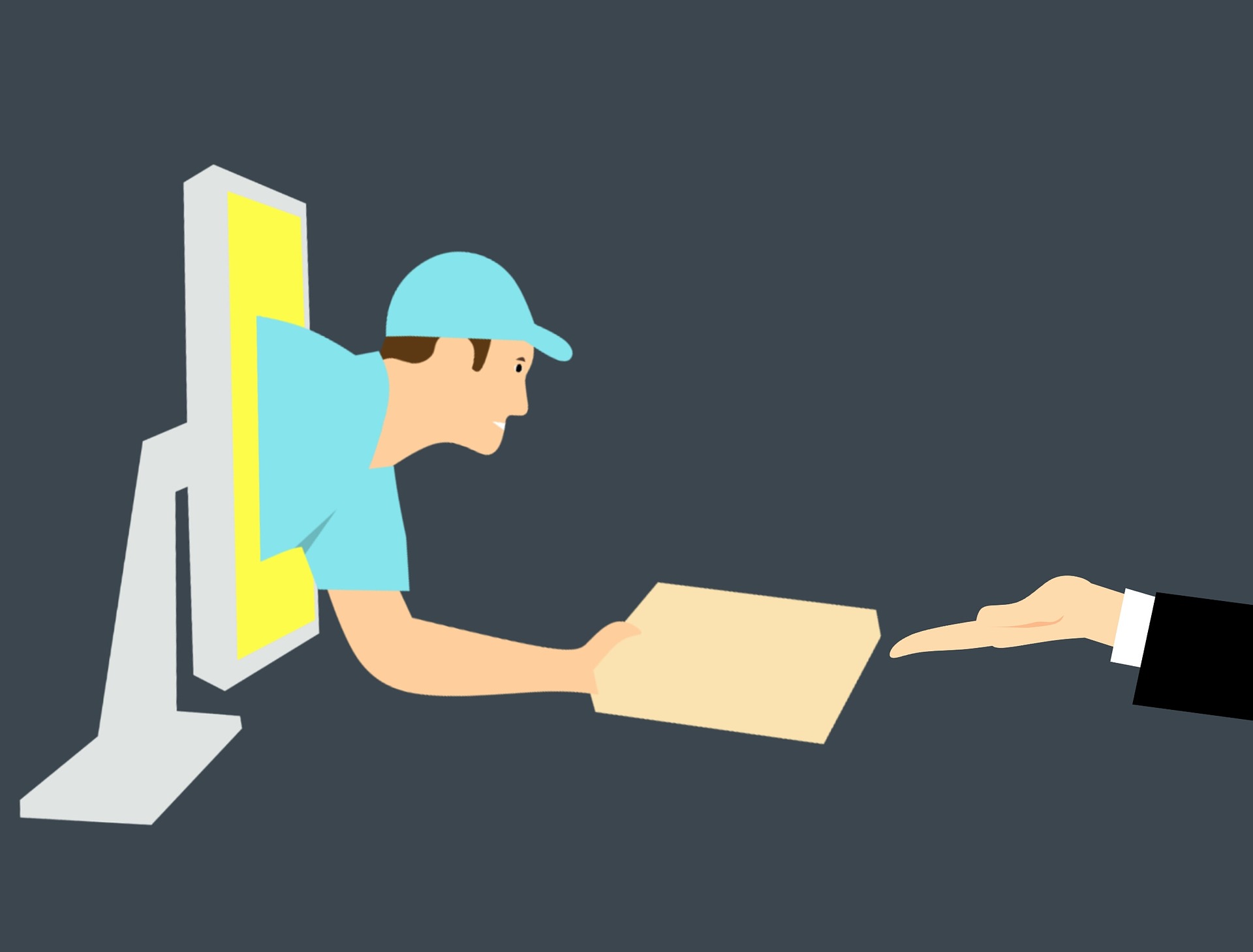The digital divide hasn't closed. What are the options?
AOL, one of the last major providers of dial-up internet in the United States, will soon retire its decades-old service. The shutdown marks the end of an era for the distinctive screech and hiss of a modem connection and leaves a small but significant number of Americans facing a tough question: whats next if you still cant get broadband?
Although the FCC says more than 90% of U.S. households now have access to broadband, millions still live in areas where high-speed internet is unavailable, unreliable, or unaffordable. For many rural residents, AOLs dial-up was slow but dependable, using the same copper telephone lines that power landline calls.
The end of dial-up wont directly cut people off from the internet, but it will force them to seek alternatives often at higher costs or with more complicated setups.
Alternatives to dial-up in 2025
1. Satellite Internet
Providers like Starlink, HughesNet, and Viasat can reach nearly anywhere in the country. Starlinks newer low-Earth-orbit satellites offer far better speeds and lower latency than traditional satellite services, but equipment costs can top $500 and monthly plans often exceed $100.
2. Fixed Wireless Access (FWA)
Companies like Verizon, T-Mobile, and AT&T offer home internet via 4G LTE or 5G networks. If your cell signal is strong, speeds can rival cable, with prices starting around $50/month. However, rural areas with weak coverage may not benefit.
3. Mobile Hotspots
Using a smartphone or a dedicated hotspot device, users can connect laptops and desktops to cellular data. This is a flexible option but can be expensive if your carriers data caps are low. It, like fixed wireless, may not work in rural areas or in more urbanized areas with lots of network congestion.
4. DSL and Fiber (Where Available)
Some regions still have DSL providers operating over phone lines much faster than dial-up but slower than modern broadband. Where fiber has expanded, its the gold standard, offering gigabit speeds.
5. Community and Municipal Networks
A growing number of towns are building their own broadband infrastructure or partnering with nonprofits to deliver affordable internet access, often with grant funding.
| Internet Option | Typical Monthly Cost | Equipment Cost | Typical Speeds | Pros | Cons |
|---|---|---|---|---|---|
| Satellite (Starlink, HughesNet, Viasat) | $65$120 | $300$600 | 25250 Mbps | Works almost anywhere, good for rural areas | High cost, weather can affect service, data caps possible |
| Fixed Wireless (Verizon, T-Mobile, AT&T) | $50$80 | $0$200 | 25300 Mbps | Easy setup, competitive speeds in strong coverage areas | Not available everywhere, speeds drop in congested networks |
| Mobile Hotspot (via phone or device) | $30$100+ (data plan) | $0$200 | 5150 Mbps | Portable, uses existing mobile service | Data caps, can be expensive for heavy use |
| DSL | $40$60 | $0$150 | 5100 Mbps | Uses existing phone lines, more reliable than satellite | Limited availability, slower than cable/fiber |
| Fiber | $50$80 | $0$150 | 250 Mbps1 Gbps+ | Very fast, reliable, supports multiple devices | Only in certain areas, may have long installation wait |
| Community / Municipal Broadband | $0$60 | Varies | 25 Mbps1 Gbps | Affordable, locally controlled, may get subsidies | Not widely available, rollout can be slow |
The loss of AOL dial-up underscores the ongoing challenges in bridging Americas digital divide. Federal and state broadband initiatives, along with private investment, are racing to expand access but for some, the transition may be bumpy.
Posted: 2025-08-11 14:47:45





















